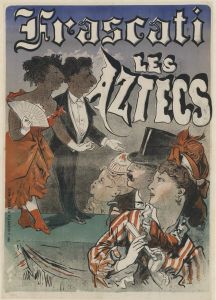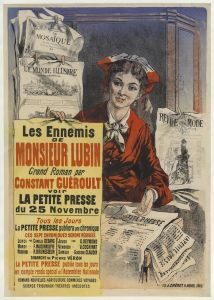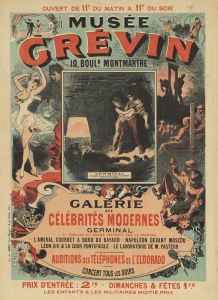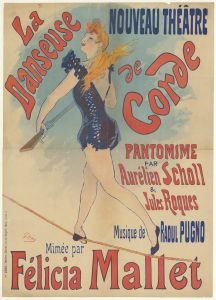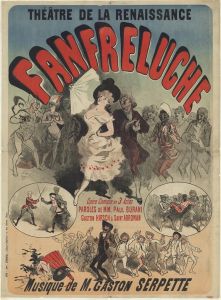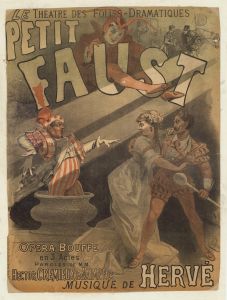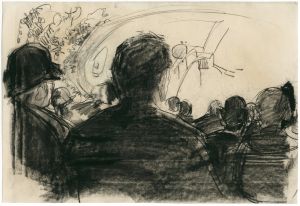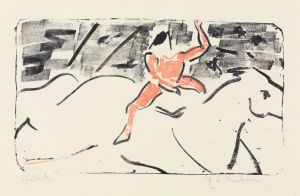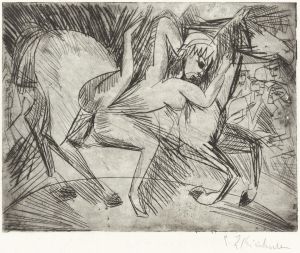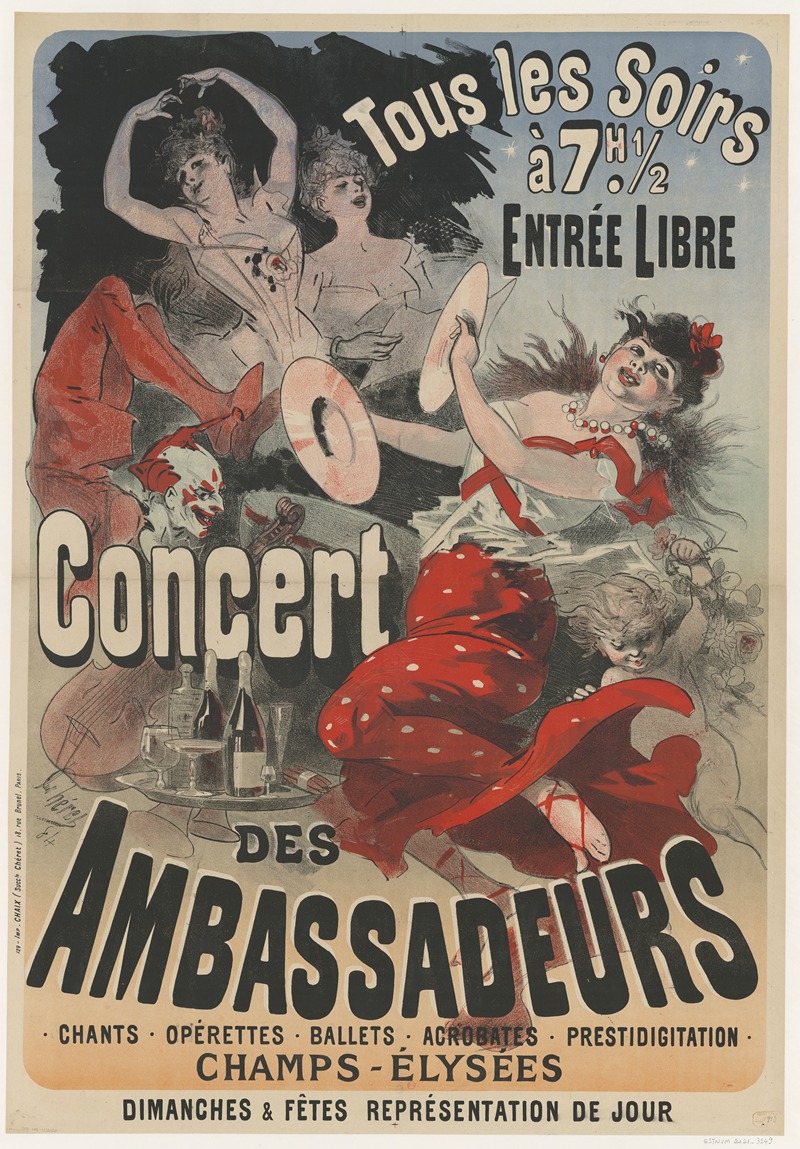
Concert Des Ambassadeurs. Tous les soirs à 7h1,2 entrée libre. Chants, opérettes, ballets, acrobates, prestidigitation
A hand-painted replica of Jules Chéret’s masterpiece Concert Des Ambassadeurs. Tous les soirs à 7h1,2 entrée libre. Chants, opérettes, ballets, acrobates, prestidigitation, meticulously crafted by professional artists to capture the true essence of the original. Each piece is created with museum-quality canvas and rare mineral pigments, carefully painted by experienced artists with delicate brushstrokes and rich, layered colors to perfectly recreate the texture of the original artwork. Unlike machine-printed reproductions, this hand-painted version brings the painting to life, infused with the artist’s emotions and skill in every stroke. Whether for personal collection or home decoration, it instantly elevates the artistic atmosphere of any space.
Jules Chéret's artwork "Concert Des Ambassadeurs. Tous les soirs à 7h1,2 entrée libre. Chants, opérettes, ballets, acrobates, prestidigitation" is a notable example of 19th-century French poster art. Created by Chéret, often referred to as the "father of the modern poster," this piece exemplifies his pioneering contributions to the field of commercial art and advertising during the Belle Époque period.
The poster advertises nightly performances at the Concert des Ambassadeurs, a popular entertainment venue in Paris during the late 19th century. The text on the poster highlights the variety of acts featured at the venue, including songs ("chants"), operettas, ballets, acrobatics, and prestidigitation (magic or sleight of hand). The phrase "entrée libre" indicates that admission to these performances was free, a detail that likely contributed to the venue's accessibility and appeal to a broad audience.
Chéret's design showcases his signature style, which combined vibrant colors, dynamic compositions, and elegant typography to capture the viewer's attention. His posters often featured lively, joyful figures, frequently women, depicted in flowing garments and engaging in activities related to the advertised event. This particular poster is no exception, as it employs bright hues and a sense of movement to evoke the excitement and variety of the performances at the Concert des Ambassadeurs.
Jules Chéret was instrumental in elevating the status of the poster as an art form. Before his innovations, posters were primarily utilitarian and lacked artistic merit. Chéret's work, however, demonstrated that advertising could be both functional and aesthetically pleasing. His mastery of lithography allowed him to produce posters with rich, vibrant colors and intricate details, setting a new standard for commercial art.
The Concert des Ambassadeurs itself was a well-known venue located on the Champs-Élysées in Paris. It was part of a broader cultural scene that included cafés-concerts and music halls, which were central to Parisian nightlife during this era. These venues offered a mix of entertainment that catered to diverse tastes, reflecting the dynamic and cosmopolitan character of the city at the time.
Chéret's posters not only served as advertisements but also as cultural artifacts that provide insight into the social and artistic trends of the Belle Époque. Today, his works are celebrated for their historical significance and artistic innovation, and they are preserved in museums and private collections around the world. This particular poster is a testament to Chéret's ability to capture the spirit of an era while promoting the vibrant entertainment culture of late 19th-century Paris.






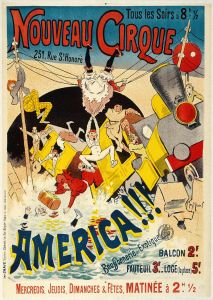
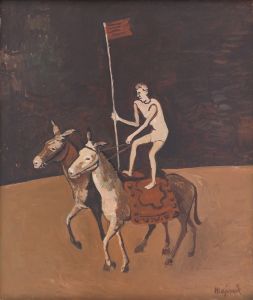
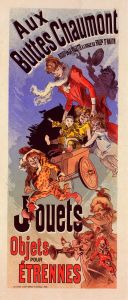
![Lady With A Mask [Comedy]](/imgs/246750/s/jules-cheret-lady-with-a-mask-comedy-ba0fcc79.jpg)
